MAKE YOUR FLAWS YOUR CREATIVE SIGNATURE
Show up raw, connect deeper, build a creative voice worth trusting
Do you create from a soft place? Are you an advocate for your work without flinching? Can you smear your half-finished stories on people’s faces, get feedback, and evolve them as you go?
We dream of naming what we were told to keep quiet and spelling it wrong on purpose. But letting others read the ink we bleed is like serving soup while it’s still boiling. So we brush the page clean before anything grows and sand the edges into a format…
YOU ARE A GUARDED CREATIVE IF
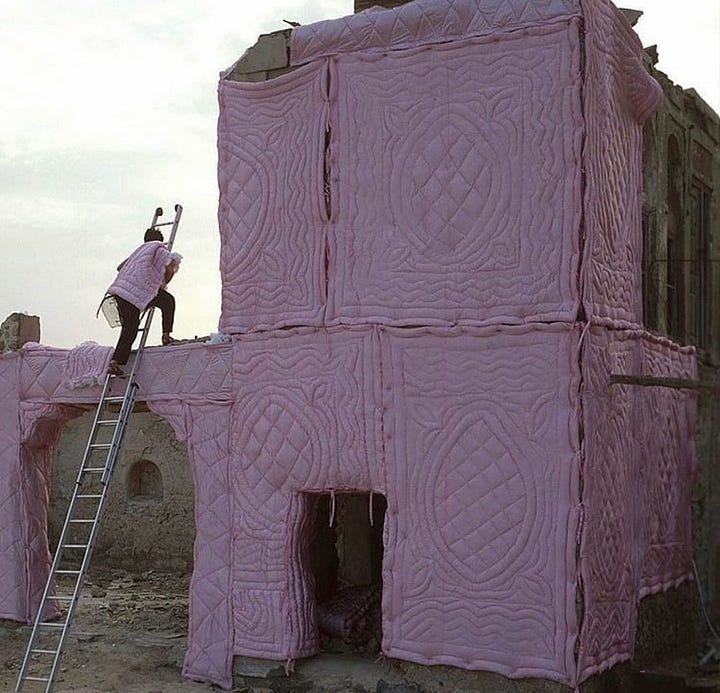
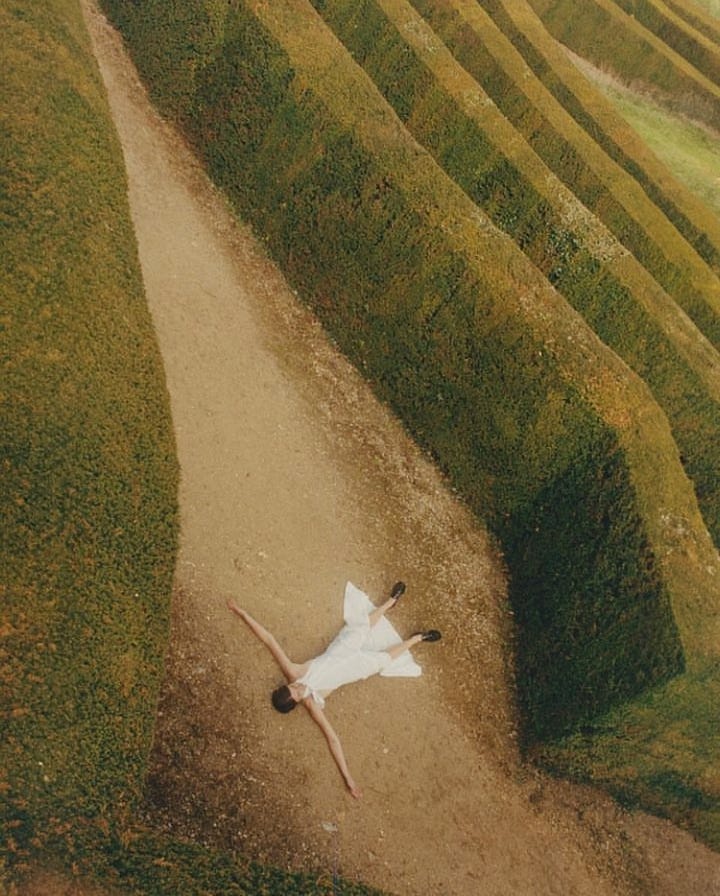
You protect yourself from rejection or judgment rather than writing freely, only to express truth or connect.
You catch yourself being careful. Polishing, generalising.
If you find your writing doesn’t sound like you.
If you create to impress or be accepted.
If you avoid exploring your personal experiences.
Perfectionism. Procrastinating or polishing endlessly.
Creatives dread that their honest work will be rejected or ridiculed. Psychologist Brené Brown calls this fear a form of vulnerability aversion. An instinct to avoid risking oneself.
Social rejection triggers the same brain pathways as physical pain. Psychologist Jeffrey Kottler observes that “perfectionism and fear of rejection often go hand in hand,” as a way to preempt external judgment.
As Julia Cameron, author of The Artist’s Way, put it: “Fear of rejection kills creativity. It is a block that stops the artist from reaching their fullest potential.”
YOU ARE A VULNERABLE CREATIVE IF
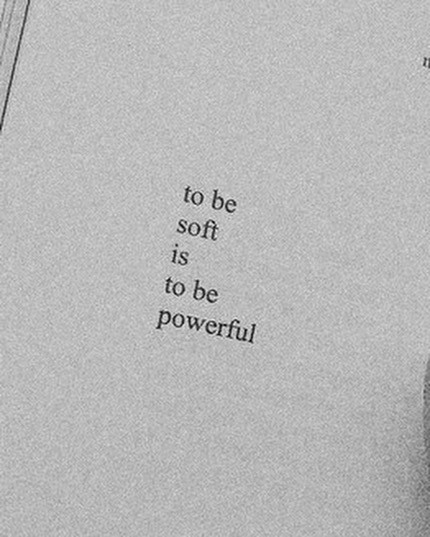
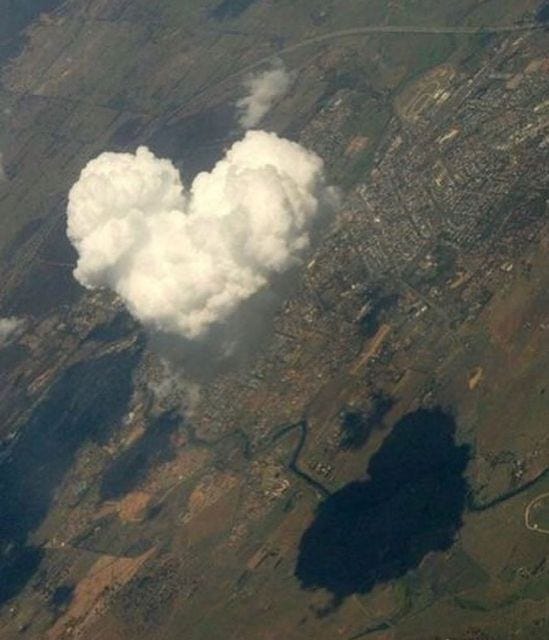
If you don’t just share what you know, but what you’re still learning.
You publish work even when you’re unsure how it will be received.
You say something that makes you feel exposed.
You don’t mask uncertainty with overly polished language.
You allow your tone to shift.
You let feedback shape your craft.
You resist the temptation to create what’s trending.
You’re willing to be misunderstood.
If you enjoy my posts and notes, pls follow me on IG. I’ll be posting wordlists, quotes, and other inspiration from film, art, and culture ❤️
If we create behind a protective mask, a false self, the work may impress, but it won’t have the lifeblood of truth. Our vulnerabilities often point the way to our true selves. When creators allow their vulnerability into their work, they are engaging in authentic self-expression, which is key to artistic vitality. The alternative is creating from a place of compliance.
Vulnerable creatives win. This relates to the Pratfall Effect, coined by social psychologist Elliot Aronson. It describes how a competent person’s likability actually increases after a mistake. Audiences respond to flaws, seeing the creator as more relatable and authentic.
When we encounter someone’s flaws, we see a reflection of ourselves. Glimpses of imperfection remind us it’s okay to be human. A perfectly polished performance might impress, but it can leave us at a distance.
None of this means that quality or skill doesn’t matter. The Pratfall Effect itself hinges on the person being capable in general. So being a vulnerable creative doesn’t mean being lazy. It means striving for excellence. But we love excellence more when it’s tempered with humility and humanity.
I’ve been writing a lot about finding and shaping your voice as a writer/creative and how vulnerability is a part of that:
WRITING CRAFT: VOICE ROULETTE
Stuck in your own voice? We all have a default way of narrating our experiences. Our unique tone. Our vocabulary and angle. It’s comfortable, but it can also become an echo chamber.
WRITING CRAFT: BUILD YOUR OWN MINI DICTIONARY
Unlike prompts, which tell you what to write, tools are about how. They’re highly adaptable, not prescriptive, useful for any writer at any level.
VULNERABILITY SHAPES CULTURE
French artist Jean Dubuffet coined the term Art Brut to celebrate art made outside the confines of official culture. He and others later championed Outsider Art as art free from convention.
What outsiders create can look flawed by formal standards, but Dubuffet argued that such work, born from solitude and authentic impulse, is more precious than art made merely to impress or follow trends.
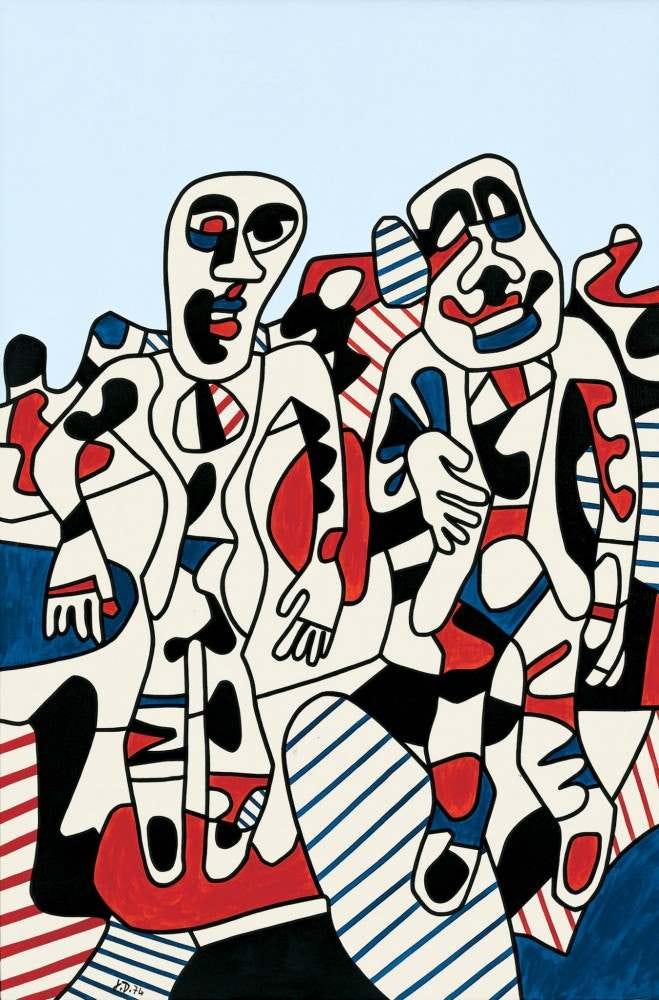
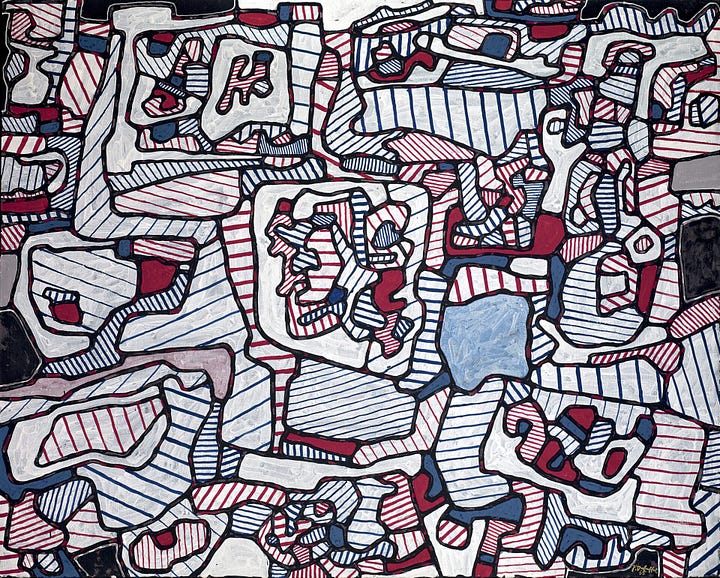
In outsider art, the very elements deemed incorrect by the establishment (an odd perspective, a rough technique, a brutally honest subject matter) are exactly what make the work unique and powerful.
The unconventional can become the iconic. Flaws can become flair. What looks like a crack in the art’s form can be the through-line to the viewer’s heart. Outsiders and originals teach us that if your art doesn’t fit the mold, break the mold further and see what shapes you can make from the pieces.
Even within the mainstream, many beloved artists started as outsiders in style or background. Van Gogh was largely self-taught and ridiculed for his wild colors and emotional brushwork. The Academy would have called his technique flawed. Yet his feverish brushstrokes are now the most recognizable signature.
Billie Eilish rose to fame with a very intimate, whispery singing style recorded in her bedroom with her brother. Her vulnerability resonated deeply with a young audience craving something genuine.
There is a powerful feedback loop that can happen when you risk showing your true self. The audience response (often positive, people crave authenticity) can reinforce that it’s okay to keep doing so. This builds the confidence to be even more oneself. Over time, the flaws that one might have tried to hide can evolve into the pillars of one’s creative identity.
MAY VULNERABILITY BE YOUR BRAND, MAY YOUR FLAWS BE YOUR SIGNATURE
In an ancient workshop, a Greek sculptor polishes a marble statue to perfection. Then chips off a tiny piece. A deliberate flaw. Nothing made by human hands should be flawless. The imperfection completes the art.
Across time and creative forms, artists have discovered that their raw edges, wounds, and quirks can become the very thing that sets them apart. Flaws, in this context, can act as a signature of the true artist at work. A quirk or imperfection, repeated and owned, becomes an identifying feature of one’s style.
What if the voice you’re looking for is already inside the parts you’re trying to correct? Most creatives think their style will emerge when they finally get good enough. But creative identity rarely comes from mastery. It comes from repetition, often the repetition of something unconventional. An unusual phrasing. A raw metaphor. A strange structure. That’s where voice begins.
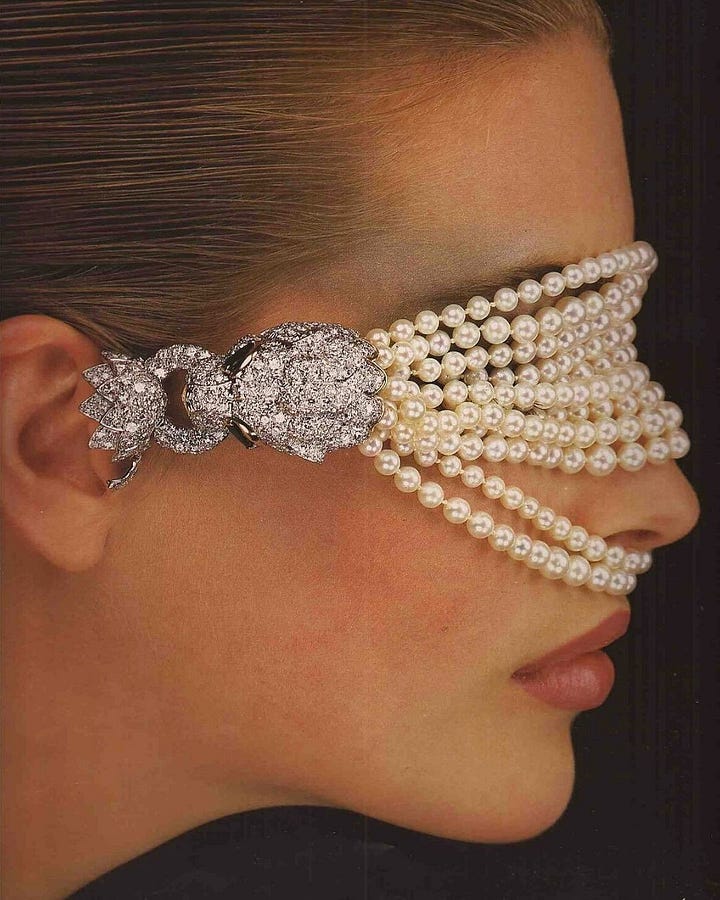

As you go forward, I invite you to look at the flaws in your work. What have you been labeling as a flaw? Is it a wild imagination that you’ve toned down? Is it an emotional intensity you’ve tried to mask? Is it a technical shortcoming that frustrates you? Is there a way you can make it a thing?
The shaky hand might lead to an expressive line quality if you stop trying for straight realism and explore expressionism. The limited vocal range might force you to interpret songs in a whispery, intimate way that no powerhouse belter could achieve. The wild imagination that doesn’t fit a genre might become the blueprint for a new genre.
Inside the flaw lies innovation. Play with it. What happens if you lean into it instead of away?
I really enjoy writing posts to motivate your creative journey, so reads like this are free. But if you do want to go more in depth on creative topics like writing craft, or just want to support me, pls consider becoming a paid subscriber. Here’s a special offer:
MOTIVATIONAL POSTS TO INSPIRE YOUR WRITING
WRITING CRAFT: Tools and techniques that are taught in creative writing studies
COPYWRITING CLASS: The ins and outs of copywriting and creative industry insights
SCREENWRITING LEARNINGS: Sharing my journey as I learn more about screenwriting and filmmaking




